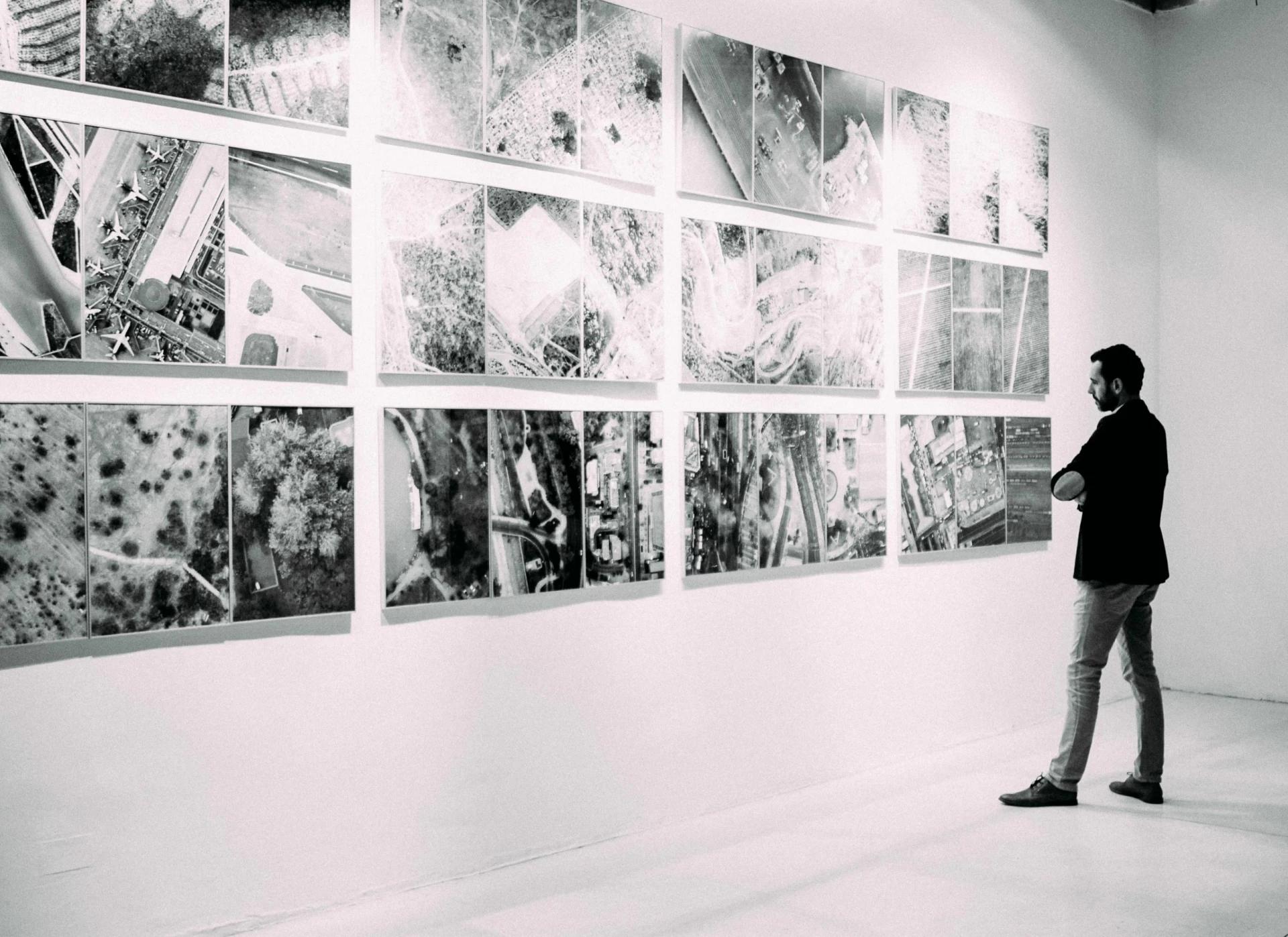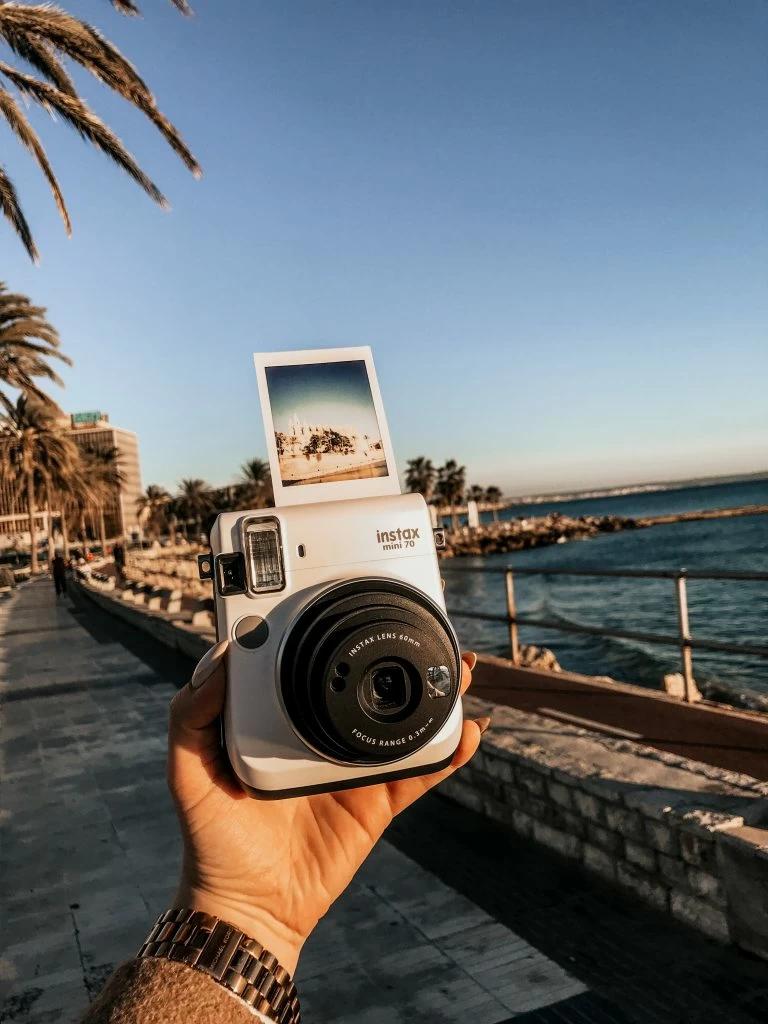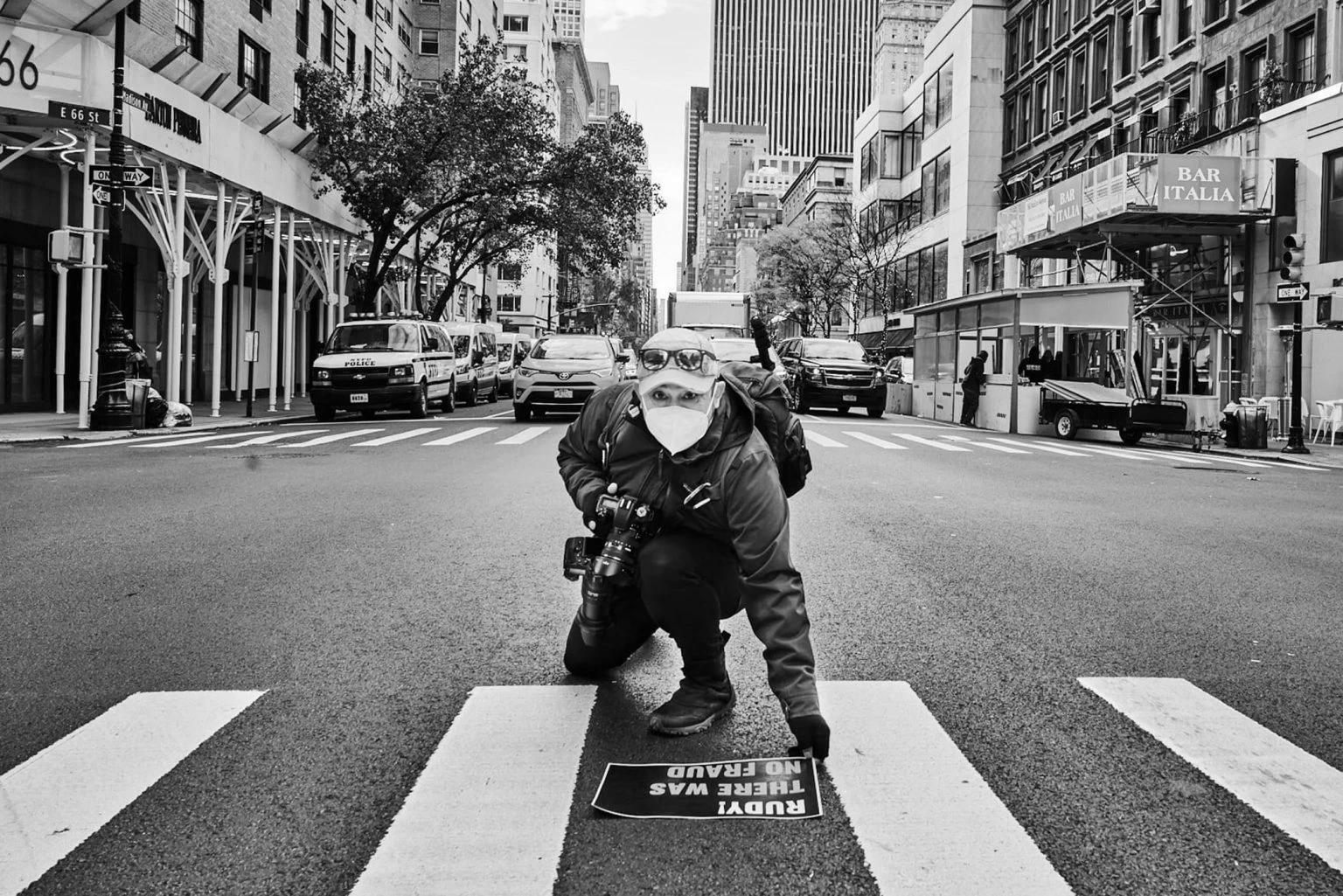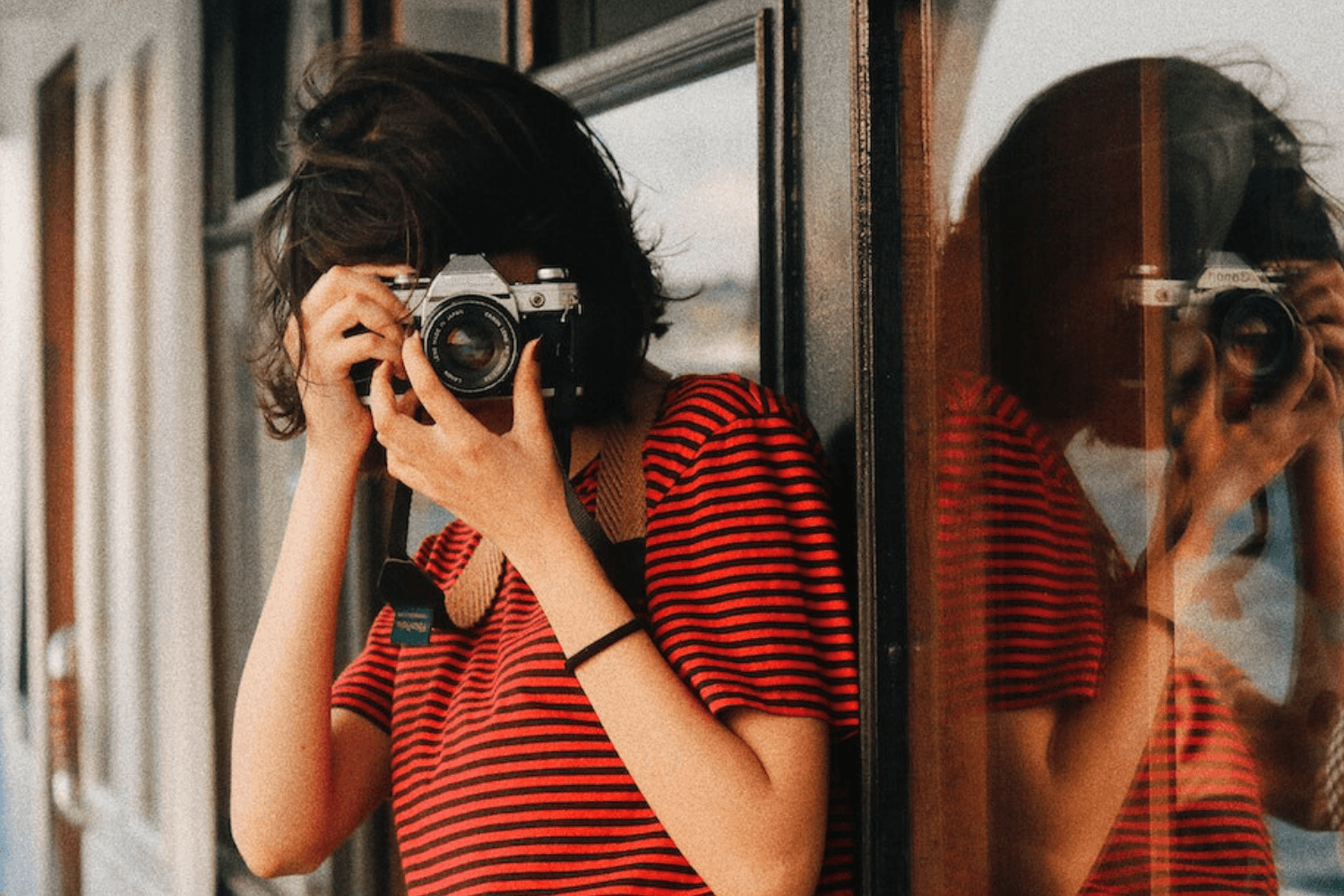Slow Photography: In Praise of the Print
Yvan Cohen
Wed Aug 18 2021

Not so long ago, to take a photo was to always imagine an image expressed in printed form. Unprinted images were often lost or forgotten; squirrelled away in boxes and filing cabinets – sometimes to be discovered decades later.
Today, few photographs are printed and almost all are created to be viewed online. Where once we pondered pictures in print, an ocean of digital imagery now washes incessantly across our screens.
Is digital for the better?
Though we talk of it little, the transition from analogue prints to digital screens has altered the way we perceive, appreciate and understand photographs.
Making prints remains a comparatively slow and expensive process, prompting a more careful selection of the pictures we wish to show. Where we rush to get pictures online, the tendency when making prints is to take one’s time.
By taking our time, we are forced to analyze our visual language and in so doing justify the permanence a print bestows. A digital image is ephemeral, deleted in a click. The print, one feels, represents a visual statement that is here to stay.
 Prints in galleries can provide a completely different experience and determine how the image is digested by the viewer.
Prints in galleries can provide a completely different experience and determine how the image is digested by the viewer.
Through its self-contained physical presence, the printed image feels like a finite expression (even though it can be endlessly reproduced). By contrast, the stream of images issuing forth from our sensors, cluttering our hard drives and cloud accounts, convey a sense of the infinite.
In this difference lies a perception of value. We value the photographic print more than its digital counterpart because we naturally value the finite over the infinite. Implied in the print is the time it took to select the image, and the time it took to actually make the print.
This is not to deny the value or impact of a photograph viewed on a screen. If we consider the potential reach of an image published digitally, it may go far beyond that of a single print (though printed images in mass circulation newspapers and magazines can still have considerable impact).
One could also argue that the essential merit of an image lies not in the media through which it is displayed but in the elements of which it is composed: subject matter, composition and lighting. Since these qualities can be appreciated equally in a print as on a screen, why bother making prints at all?
 Naturally, the polaroid is an attempt at reconciling the differences between these two formats, print versus digital.
Naturally, the polaroid is an attempt at reconciling the differences between these two formats, print versus digital.
Extra effort, extra control
Endless rolls of holiday snaps apart, anyone who has gone through the process of creating a photographic print will understand the ways in which it forces you to appraise your work in a completely different level of detail.
You still need to do the digital post processing work to make your image look as good as it can. But in making a print you become aware that the viewer is likely to invest considerably more time than it might take them to swipe to the next image. A print is created in the expectation that it will be lengthily scrutinized for its qualities, both technical and artistic. After all, it may hang on a wall for decades.
Then there is the question of ink, of paper and lighting (literally how the print will be illuminated), representing yet more layers of complexity. A digital image will look different and be experienced differently depending on the type of screen on which it is displayed.
You have no control over how your online image will be seen – perhaps on a luscious 4k, 27-inch calibrated monitor, perhaps on a tiny phone.
When you make a print, however, you determine the image size. You decide if you want a matt, pearl or glossy finish. You decide if the ink is giving the colours, tones and effects you intended. In short, you have much greater control over how your images will be seen, and understood (because the impact and meaning of an image changes with size, tone and even how reflective it is).
As photographers we are always striving to create work we can be proud of. In today’s world, we understand there is no more powerful way of getting our work seen than publishing it online.
But there is perhaps a digital addiction that comes with the ease of online publishing. The endorphin jolts induced by a steady stream of likes and glowing comments, drives us to push out ever greater quantities of imagery, to continually ‘feed the beast’. The faster we work to fuel our social media channels, the less time we have to study, and learn from, our own creations.
Prints are expensive and time consuming, but in forcing us to slow down and be more selective, the printing process also forces us to be critical of our work, while providing a new way of seeing our images.
If a picture is worth a thousand words, one might say that a single, beautiful photographic print is worth a thousand digital posts online. And with that I say: go forth and print.
Written by Yvan Cohen | Yvan has been a photojournalist for over 30 years. He’s a co-founder of LightRocket and continues to shoot photo and video projects around South East Asia.
Featured image by George Milton
To read more helpful articles on photography, check out our blog page.
Join our growing photographer community at LightRocket and get powerful archive management and website building tools for free!


